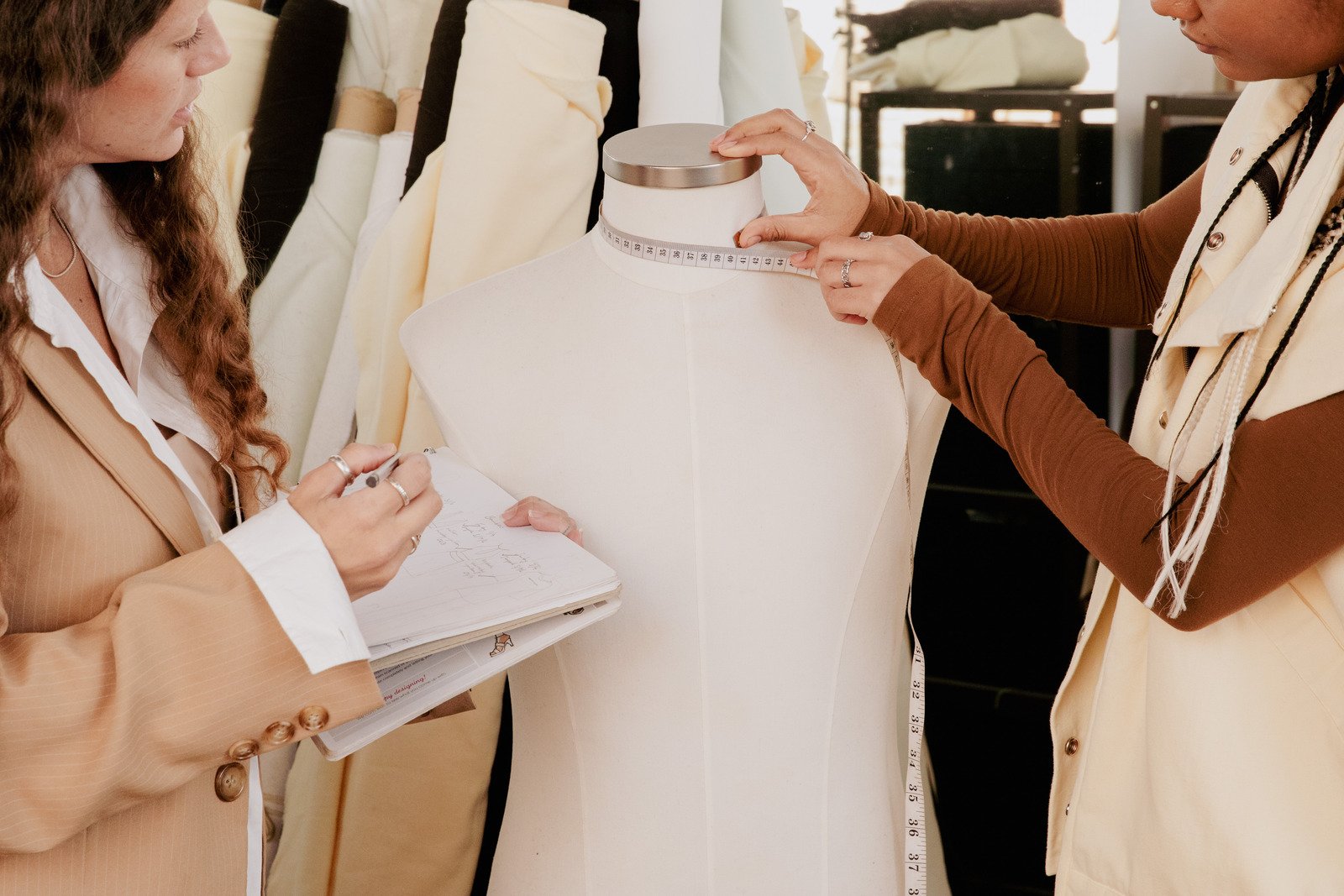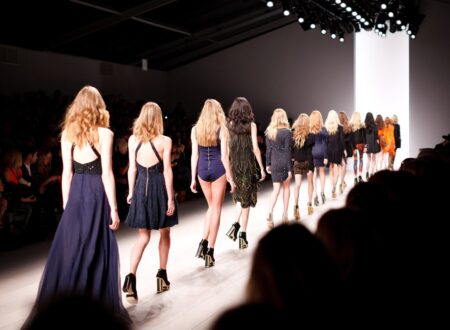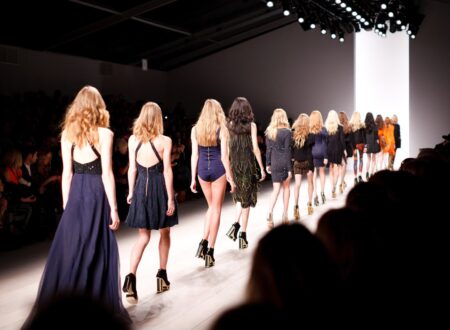Introduction to Fashion Throughout History
Fashion is a vibrant, ever-changing tapestry woven from threads of history, culture, and personal expression. From the opulent gowns of the Victorian era to the grunge styles of the ’90s, each decade brings its own unique flair. As we navigate through time, it becomes clear that fashion doesn’t just exist in isolation; it evolves by borrowing elements from its past.
Today’s trends often pay homage to vintage aesthetics while infusing modern sensibilities. This fascinating interplay invites us to explore how yesterday’s styles influence today’s wardrobes. Join me on a journey through time as we uncover the evolution of fashion—from timeless vintage pieces to contemporary trends—and discover how our clothing choices reflect not only who we are but also where we’ve come from.
The Influence of Vintage Fashion on Modern Trends
Vintage fashion has a remarkable way of resurfacing in modern styles. Designers often look back to previous decades for inspiration, reinventing classic silhouettes and patterns.
The 70s bohemian vibe, with its flowing fabrics and earthy tones, is making waves today. You can see it at music festivals where attendees blend retro with contemporary flair.
Similarly, the tailored looks of the 50s are finding new life in today’s suits and dresses. The structured form enhances femininity while catering to professional environments.
Even accessories echo past eras—chunky platform heels from the 90s have returned alongside bold statement jewelry that harks back to earlier times.
Social media plays a huge role too. Platforms like Instagram allow vintage lovers to showcase their unique finds, influencing mainstream trends as people seek individuality through style choices rooted in history.
Key Elements of Vintage Fashion and How They Have Evolved
Vintage fashion is a treasure trove of distinct elements that have shaped contemporary style. Think bold prints, high waists, and structured silhouettes. These features defined eras from the roaring twenties to the vibrant sixties.
Today’s designs often play homage to these classic styles while incorporating modern twists. For instance, high-waisted jeans are now paired with crop tops, merging comfort with nostalgia.
Fabrics also tell a story. While vintage garments were usually crafted from natural fibers like cotton and silk, many modern pieces blend these materials with sustainable alternatives for a fresh take on old favorites.
Accessories hold their own significance too. Statement jewelry and retro handbags remain popular but are reimagined through minimalist design or eco-friendly practices.
By taking inspiration from the past, designers create unique fusions that resonate with today’s sensibilities while keeping history alive in every stitch.
Popular Vintage Styles Still Seen in Today’s Fashion
Vintage styles continue to weave their charm into the fabric of modern fashion. The beloved 70s bohemian aesthetic, with its flowy fabrics and earthy tones, captivates a new generation. Flared jeans paired with oversized blouses bring a sense of nostalgia while radiating effortless style.
The little black dress remains timeless. Originally popularized by Coco Chanel in the 1920s, it adapts to every occasion today. From sleek silhouettes to playful cuts, this classic piece is a wardrobe staple for many.
The bold patterns and colors of the 60s mod style also make appearances on runways and city streets alike. Think mini skirts matched with knee-high boots—an iconic look that refuses to fade away.
Accessories play a vital role too. Vintage-inspired handbags and retro eyewear add character to contemporary outfits, proving that old-school glamour can seamlessly blend with today’s trends.
Modern Trends and Their Connection to the Past
Modern fashion trends often draw inspiration from the past, weaving history into contemporary designs. Designers frequently revisit styles from bygone eras, reinterpreting them for today’s audience.
Take the oversized silhouettes of the 80s. They have made a comeback in recent years, seen on runways and in streetwear alike. This nod to nostalgia resonates with those who appreciate vintage aesthetics.
Floral prints, another classic staple, continue to thrive. Their evolution has transformed them into bold patterns or subtle accents that reflect current tastes while honoring their origins.
Moreover, color palettes play a crucial role. The earthy tones of the 70s are resurfacing now as people embrace natural hues over vibrant shades.
Accessories too tell stories of yesteryear. Chunky jewelry pieces reminiscent of earlier decades are back but styled in fresh ways that appeal to modern sensibilities. These connections highlight how fashion is truly cyclical and timeless.
The Importance of Sustainable and Ethical Fashion in the Evolution of Style
Sustainable and ethical fashion is reshaping the industry in profound ways. Designers now prioritize eco-friendly materials, reducing waste and carbon footprints. The shift towards sustainability marks a significant turning point in how we view clothing.
Consumers are more conscious than ever about their choices. They seek brands that align with their values, emphasizing transparency and fair labor practices. This demand has led to innovative approaches within fashion houses globally.
Vintage-inspired styles often incorporate these sustainable principles, breathing new life into pre-loved garments. Upcycling not only honors the past but also contributes positively to the environment.
As trends evolve, this focus on ethics will continue to influence future designs and consumer behavior alike. Fashion is no longer just about aesthetics; it’s profoundly intertwined with responsibility and awareness of its impact on our world.
Conclusion: The Constant Evolution of Fashion and Its Endless Possibilities
Fashion is an ever-changing landscape that reflects the culture and values of each era. From the elegant silhouettes of vintage styles to modern interpretations, it’s clear that what was once old can become new again.
As we embrace new technologies and sustainable practices, fashion continues to evolve while paying homage to its roots. The cyclical nature of trends ensures that vintage influences will persist in various forms.
The journey through fashion history reveals a canvas painted with creativity, innovation, and nostalgia. Each generation contributes its unique touch, leading us into exciting territories filled with endless possibilities for self-expression.
With every stitch and fabric choice, we shape not only our wardrobes but also the narrative of style itself—one that honors tradition while boldly stepping forward into tomorrow.





